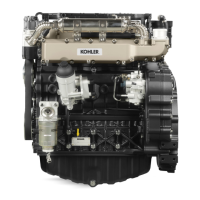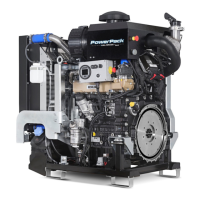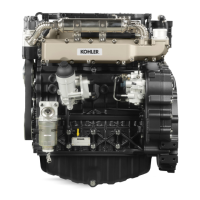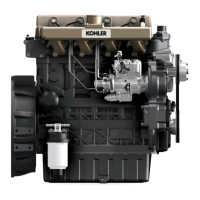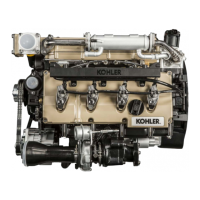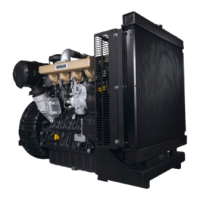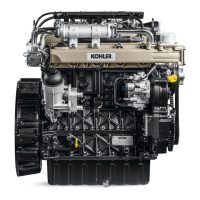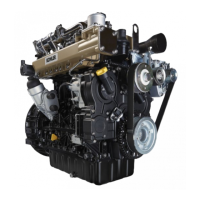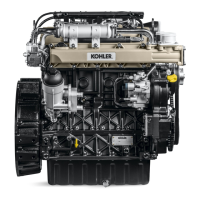99
Z
Z1
Z2
B
C
Fig. 8.21
Fig. 8.22
D
E
G
F
H
Fig. 8.20
Tab. 8.10
Tab. 8.11
ED0053030410
INFORMATION ABOUT OVERHAULING
8.6.2 Valve seats check
Thoroughly clean the valves and their seats with.
Measure indentation B o f e a c h v a l v e w i t h r e g a r d t o t h e c y l i n d e r
head surface C, which is to be a MIN of 0.50 mm and MAX
of 0.53 mm.
The B MAX indentation allowed on worn components is 0.90
mm.
If the measured value does not correspond with the values
indicated, replace the worn component.
Important
• The seats must be worked after driving to reach value B, go
to a rectification workshop for such operations.
8.6.3 Valve springs
Use a gauge to measure the free length Z.
Using a dynamometer, subject the spring to two different
forces and check that the length of the spring corresponds to
the values indicated in the Tab. 8.10.
WEIGHT (kg) LENGTH (mm)
0
Z 42.50
20,4
Z1 33.00
42,8
Z2 23.80
8.6.4 Valve guides check
Measure the diameters D and E of the rods and guides valve
(Tab. 8.11).
The MAX allowed value of wear for D and E is 0.10 mm.
Observe values G from surface F when assembling guides
H (Tab. 8.11).
Important
• Carry out the measurements in different points to detect any
ovalisation and/or concentrated wear.
• Tab. 8.11 details the dimensional values of new components
only.
REF. DIMENSIONS (mm)
CLEARANCE VALUE (mm)
D 5.978 - 5.990
0.040 - 0.064
E 6.030 - 6.042
G 38.300 - 38.700
Valve stem - valve guide dimensions
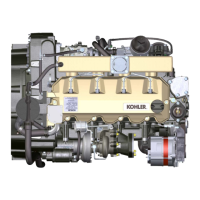
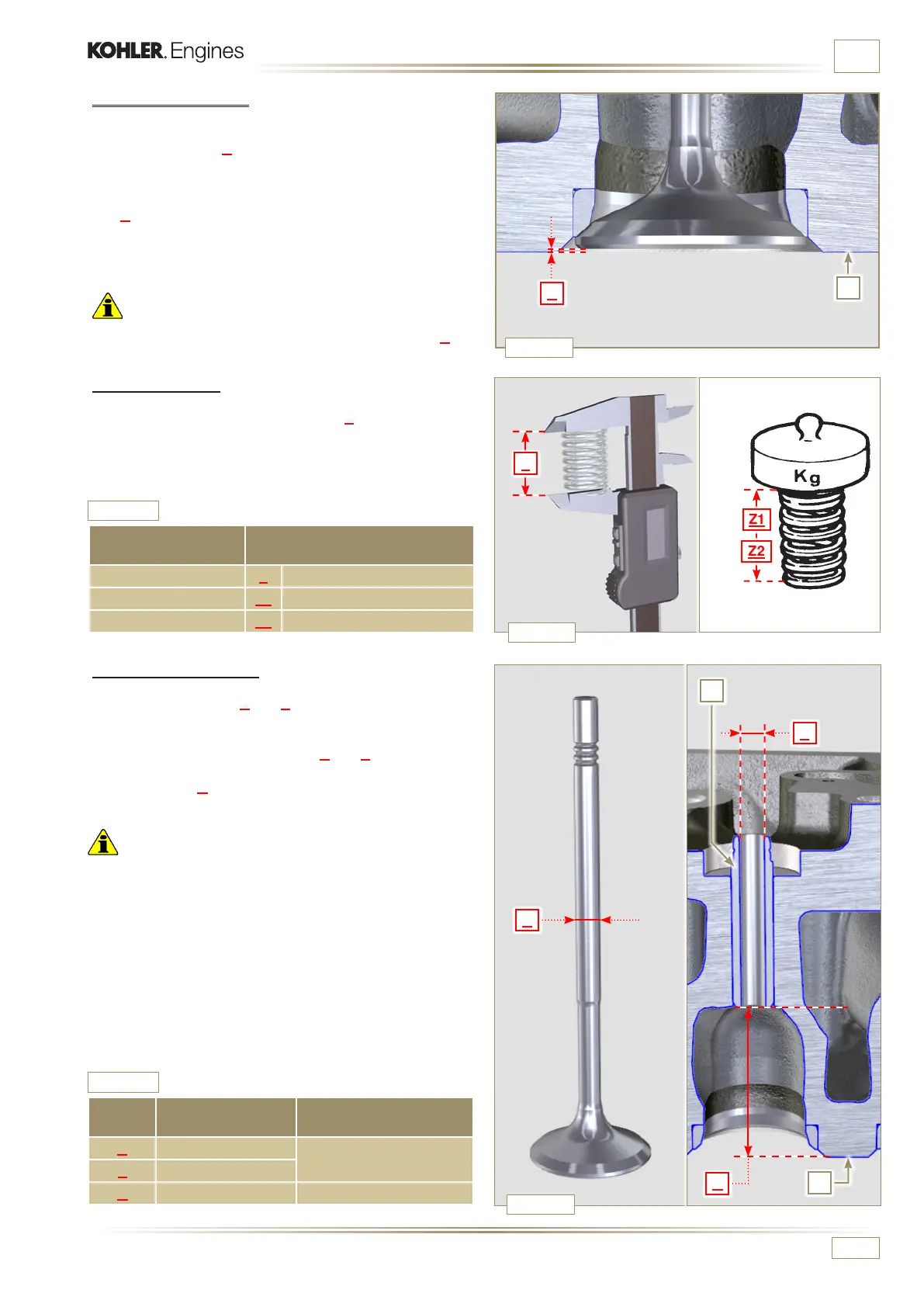